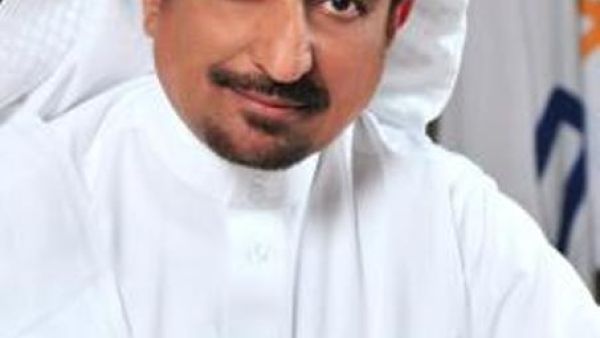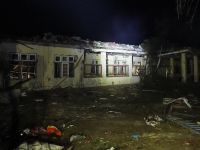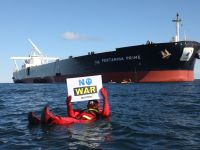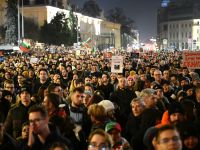The Gulf petrochemical industry is on firmer footing to expand its production in 2011 and beyond

After standing resilient in the face of the harsh economic downturn of 2008 and 2009, there were reasons for the Gulf region to celebrate in 2010 – albeit with plenty of caution. In general, the regional industry has reported a very good year, with higher demand and prices, generating excellent financial results.
According to the Gulf Pertochemical and Chemical Asscoaition (GPCA), the region’s industry has bounced back with more vigor after cyclical downturns as a result of crucial investment pay-offs. In its Annual Report issued this week, GPCA outlined the continued expansion of the industry’s production base during the year 2010.
The report highlighted several new large-scale projects which came on stream during the year.About 6.6 million metric tons of ethylene capacity was added in 2010 by companies in the region, with SABIC’s SAUDI KAYAN, YANSAB and SHARQ adding about 3.3 million tons, Borouge II starting up its 1.5 million ton cracker in Abu Dhabi, and Ras Laffan Olefins Company commissioning its 1.3 million ton cracker in Qatar.
As ethylene production went up, so did the ethylene derivatives. The five projects have added about 6 million tons of polyolefins to the region’s output, including polyethylenes (HDPE and LLDPE) and polypropylene.
In Kuwait, a state-of-the-art complex to produce aromatics, styrene and olefins facility started up under the name of Greater EQUATE, which is a joint venture between the Petrochemical Industries Company (PIC) and Dow Chemicals.
In Sohar, Aromatics Oman (AOL) commissioned its grassroots aromatics plant, designed to produce 818,000 tons per annum of paraxylene and 198,000 tons per annum of benzene, using naphtha supplied by Sohar Refinery.
In Saudi Arabia, the Saudi International Petrochemical Company (Sipchem) started up its 330,000 tons per annum Vinyl Acetate Monomer (VAM) plant as well as two acetyls plants to produce 345,000 tons of carbon monoxide and 450,000 tons of acetic acid. Al-Waha, a joint venture between Sahara Petrochemicals and LyondellBasell, started up its propane dehydro plant and a 450,000 tons per year polypropylene plant in Jubail Industrial City.
During 2010, there was also a string of announcements that drove home the message that the region’s petrochemical industry will continue to thrive in the coming years. As the year drew to a close, Abu Dhabi National Chemicals Company (ChemaWEyaat) awarded a major contract to develop a master plan for the Madeenat ChemaWEyaat Al Gharbia (MCAG) chemicals industrial city over a 70 sq. km land allocated to the company by the Government of Abu Dhabi. Qatar Petroleum (QP) and Shell signed a memorandum of understanding to jointly study the development of a major petrochemicals complex at Ras Laffan. In Kuwait, the Kuwait Aromatics Company (Karo) is considering the development of a downstream project to add value to the paraxylene produced at its Shuaiba plant. Sipchem announced the awarding of a contract to build its Ethylene Vinyl Acetate (EVA) plant, which will also produce LDPE.
The Gulf petrochemical and chemical industry is on firmer footing in 2011 and beyond. The Gulf region has become a significant global producer of commodity petrochemicals and its global market position will grow over the next five years due to the on-going staggering growth wave, which will add significant petrochemical capacity. As a result, the overall share of the Gulf region in the world petrochemical industry is projected to grow markedly from 15 percent at present to 20 percent by 2015. This is a significant growth by international standards and within such a short time frame.
Background Information
Gulf Petrochemicals & Chemicals Association
The Gulf Petrochemicals and Chemicals Association (GPCA) represents the downstream hydrocarbon industry in the Arabian Gulf. Established in 2006, the association voices the common interests of more than 250 member companies from the chemical and allied industries, accounting for over 95% of chemical output in the Arabian Gulf region. The industry makes up the second largest manufacturing sector in the region, producing over USD 108 billion worth of products a year.






